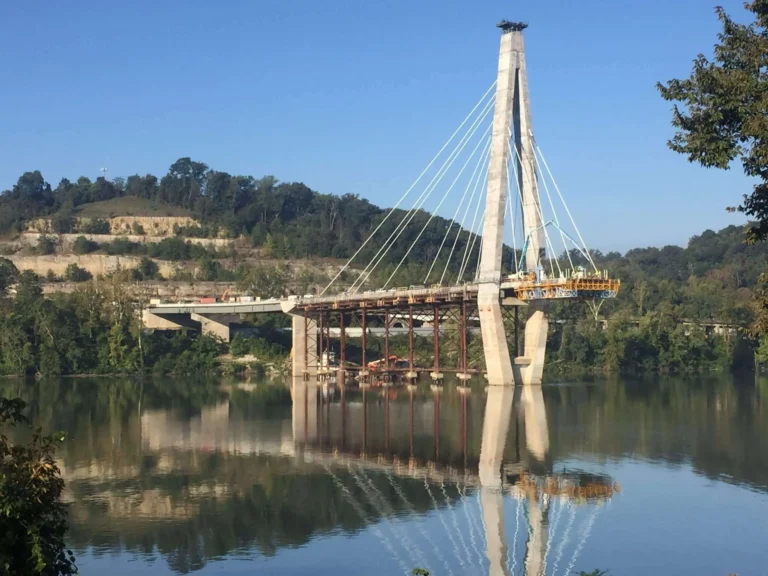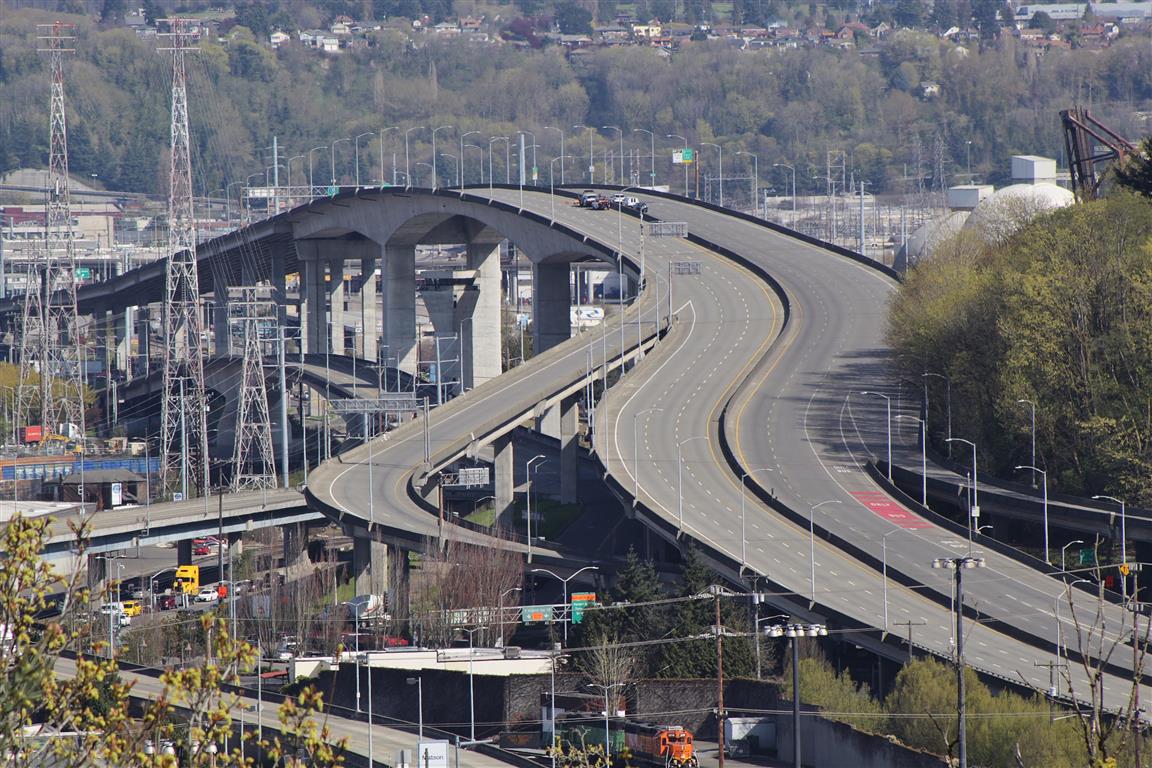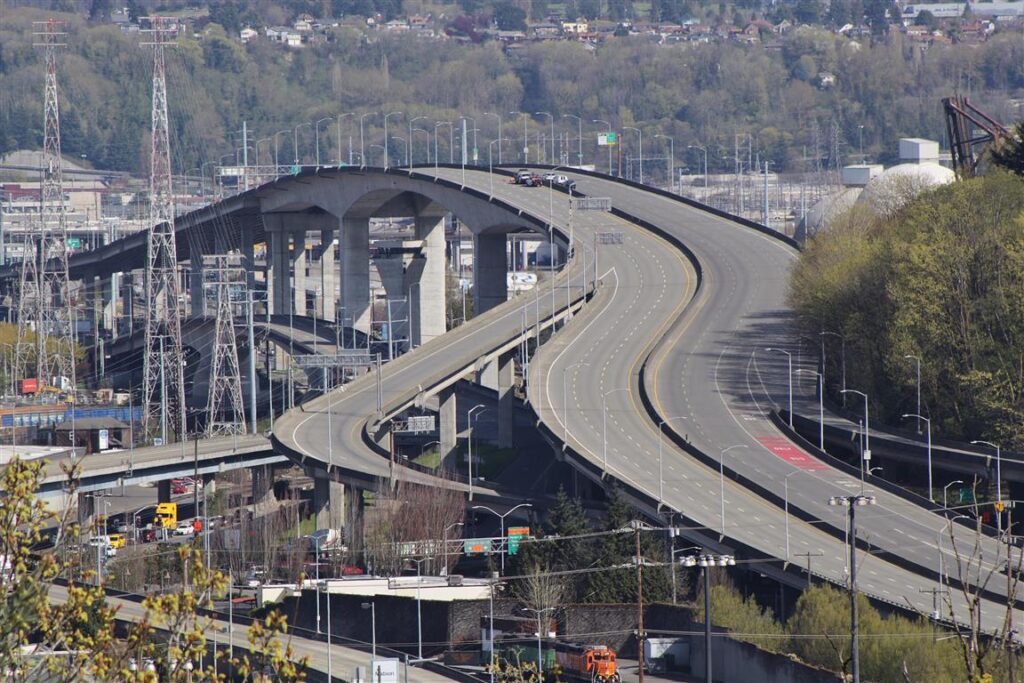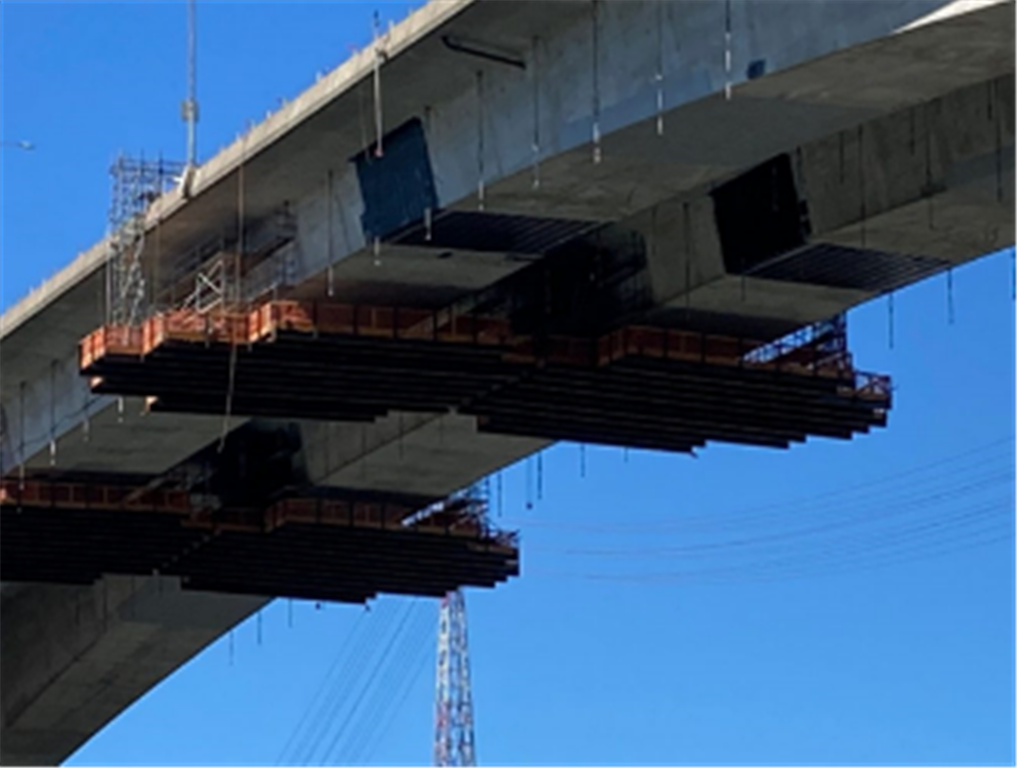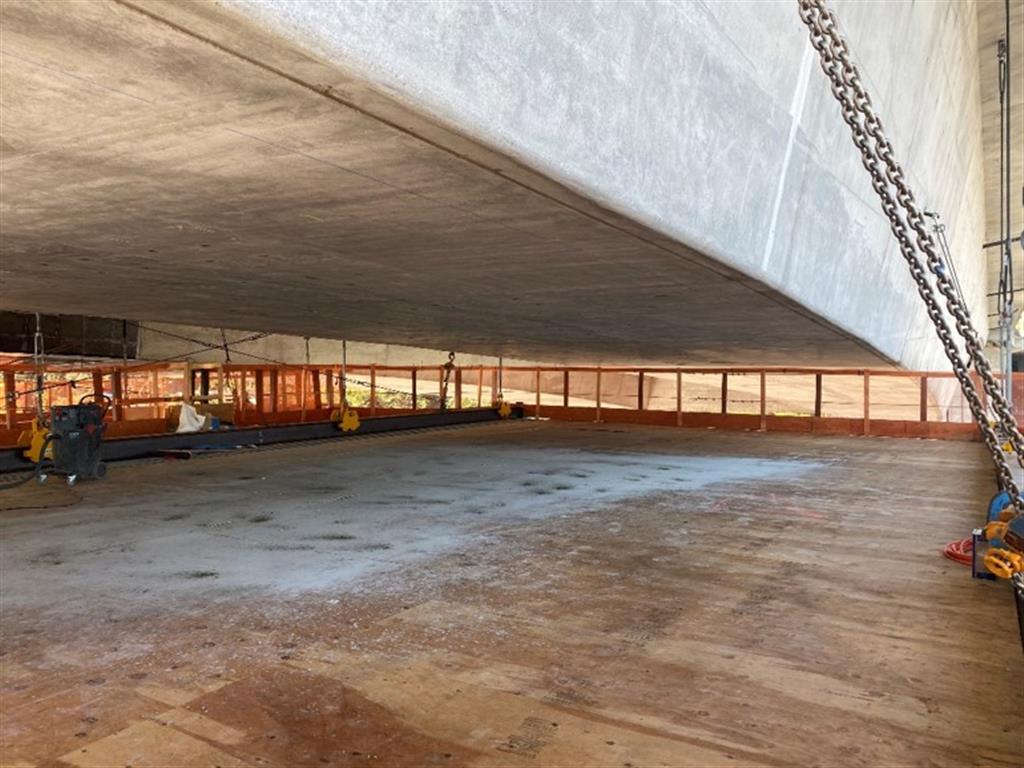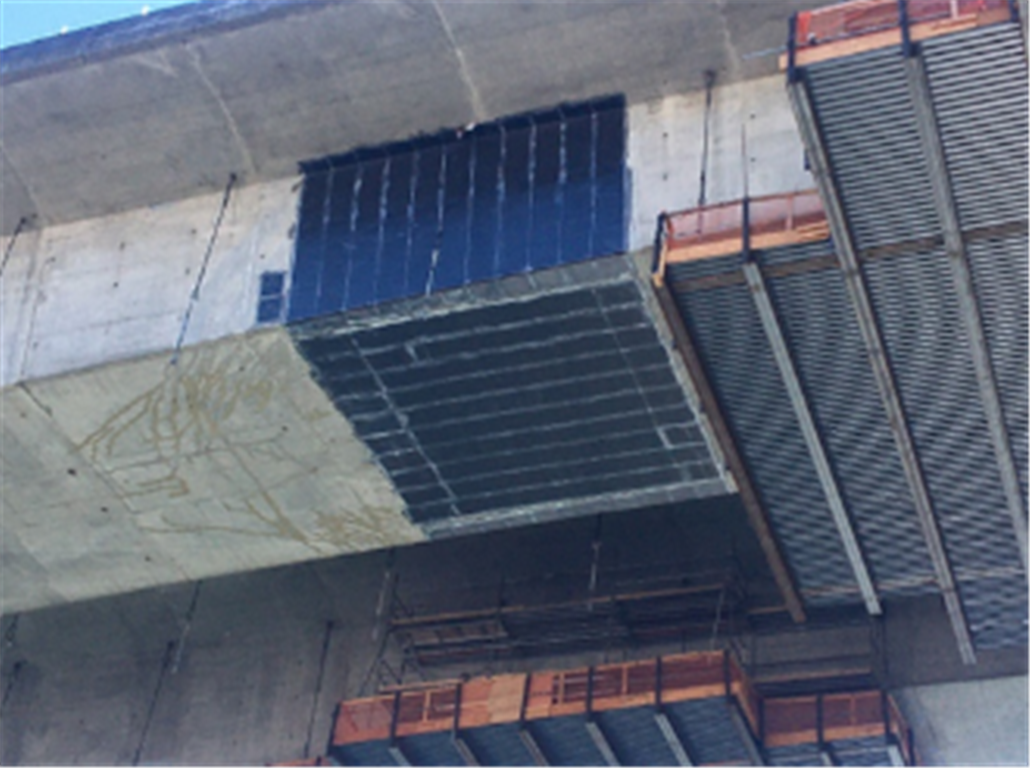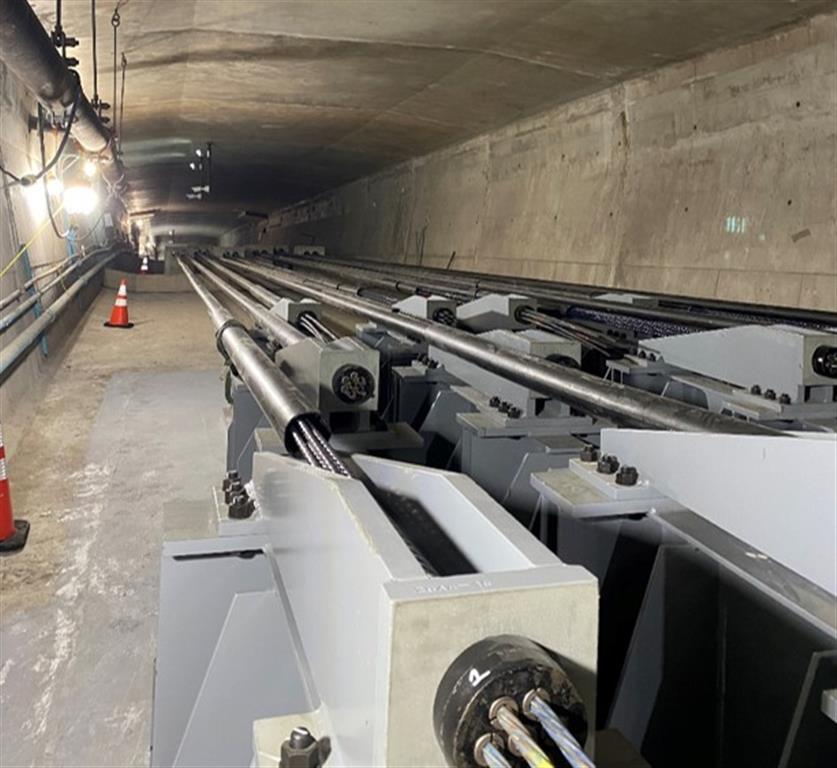
In 2013, inspections revealed cracks forming in the webs and slabs of the bridge’s two main girders. In June 2020, FDOT closed portions of the bridge to address emergent repair needs identified during a routine inspection.
Project Overview
Constructed in 1984, the West Seattle Bridge is a cantilevered segmental box-girder bridge that supports an average of 100,000 vehicles each day. Approximately 140 feet above the Duwamish Waterway, the bridge extends 1,300 feet across three spans.
In 2013, inspections revealed cracks forming in the webs and slabs of the bridge’s two main girders. A series of more frequent inspections were performed as well as crack injection and installation of crack monitoring technology. Between 2013 and 2019, increases in crack growth continued to cause concern. A new engineering analysis was performed and confirmed exponential crack growth prompting SDOT to close the bridge in 2020.
Following a lengthy review and design, a project team was assembled for the emergency repair project. A two-phased approach was utilized to stabilize and repair the bridge. Crews used custom platforms to access the repair areas.
In order to install the custom access platforms below the bridge, Rampart Hydro-Services, LP. (Rampart) was engaged to utilize their hydrodemolition technology to cut bridge overlay windows to locate old form traveler holes in the segmental bridge sections. Once the old form traveler holes were located, Rampart utilized hydrodemolition to cut through the 2 ft thick concrete segmental flanges sections to provide access holes for the platform hoist. Hydrodemoliton was also used to remove concrete center span access holes for the crew to access the interior span sections. This environmentally safe, dustless, and quick technology was utilized over conventional removal methods to avoid vibration and damage to existing post-tension strands in the critically compromised structure.
During Phase I, the team worked closely with engineers to locate and document all cracks within six high-risk areas on both bridge girders and used pressurized epoxy injection to seal 3,718 LF of cracks. Then the team installed over 57,820 SF of carbon-fiber-reinforced polymer (CFRP) composite systems. The general contractor also installed over 21 tons of post-tension steel tendons.
Phase two included CFRP, external post-tensioning, and epoxy injection at the remaining cracks located throughout the superstructure. The crew performed 13,396 LF of crack injection, installed over 56,190 SF of additional CFRP, and an additional 95 tons of post-tensioning was installed by the general contractor.
Throughout construction, the team overcame a series of challenges. The bridge’s location over a culturally significant waterway required meticulous planning and coordination to contain all materials and workspaces. During the winter months, the crew implemented even greater containment procedures due to inclement weather. The team’s diligent monitoring of site conditions ensured that the work was executed thoroughly, promptly, and safely.
After 2.5 years the Emerald City has welcomed back the newly restored West Seattle Bridge which is projected to serve the community for another 40 years.
PROJECT HIGHLIGHTS
- Emergency repair of cantilevered segmental box-girder bridge
- 100,000+ SF of CFRP installed
- 116 tons of post-tensioning supplied
PROJECT INFO
- Owner: Seattle Departments of Transportation
- Location: Seattle, WA
Related Projects

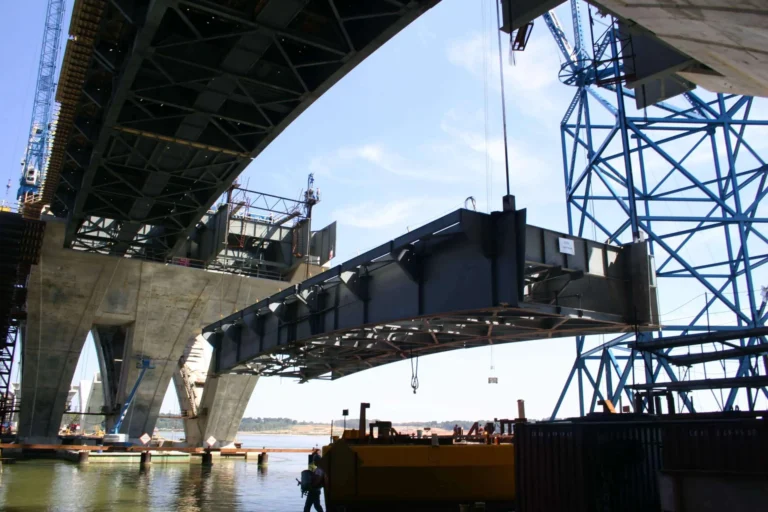
Woodrow Wilson Bridge Heavy Lifting
